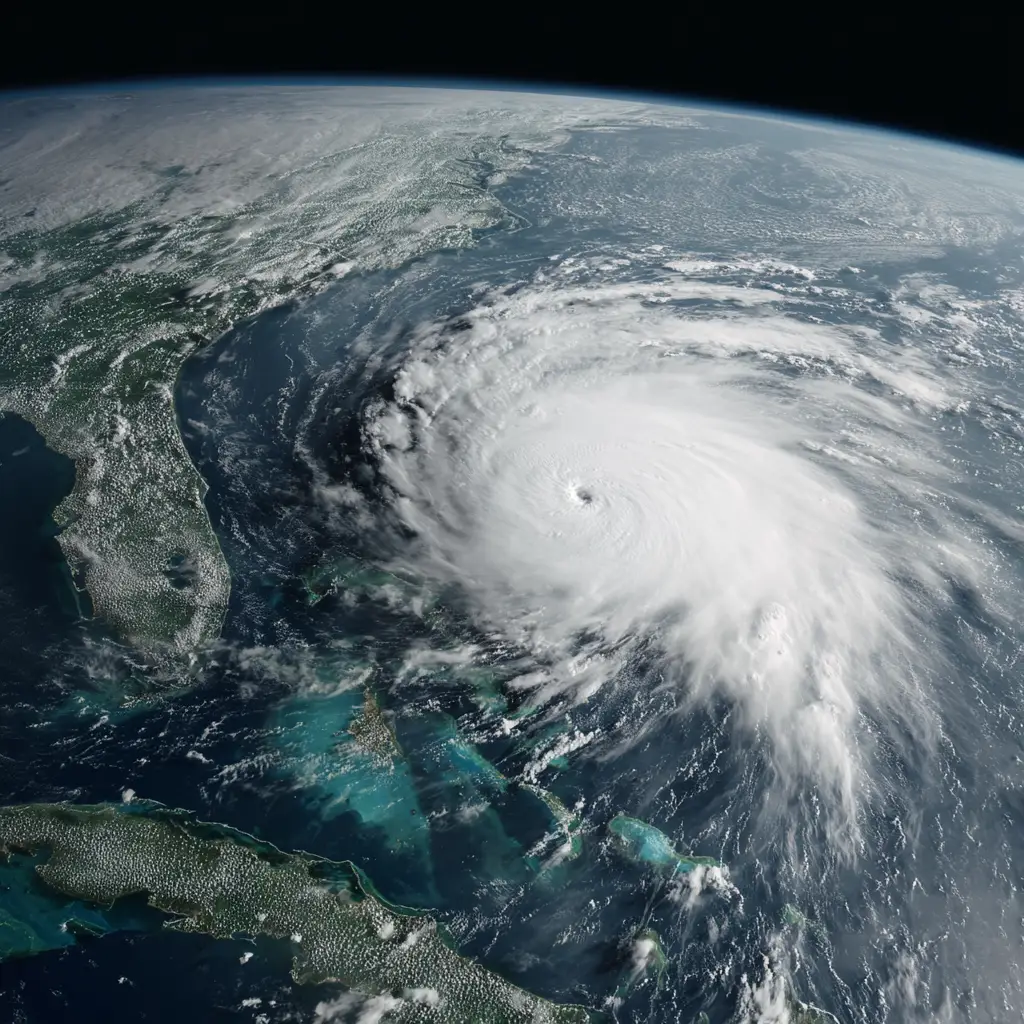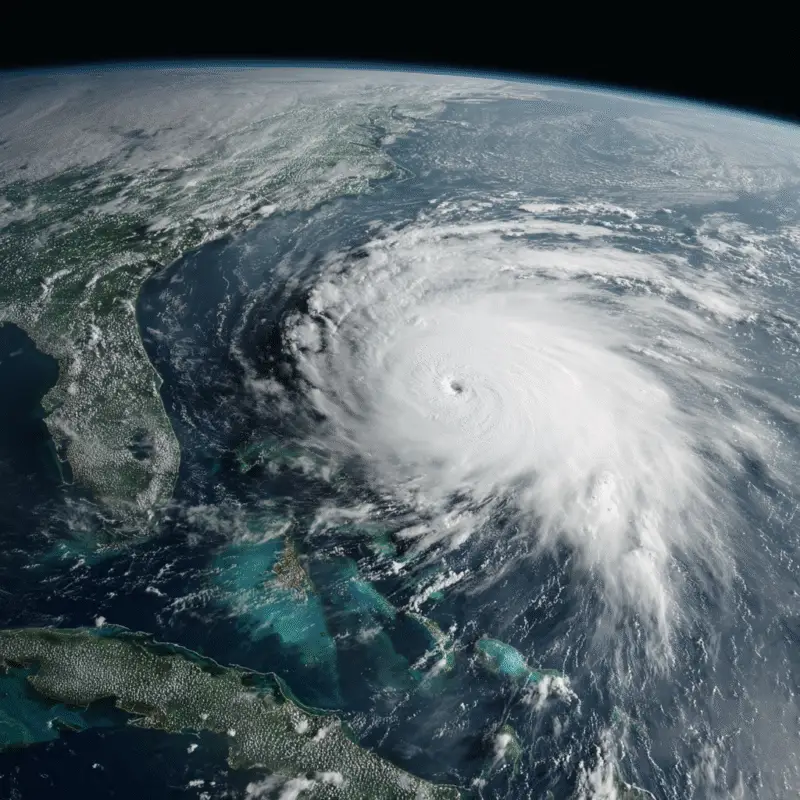Blog
Rebuilding with the Ruger 1022 Chassis Mindset

When the storm finally moved on ruger 1022 chassis, it left Central Florida in a state that felt almost unrecognizable. Entire blocks were stripped bare of their leafy canopies, and twisted aluminum siding littered streets like discarded foil. The air was heavy with the smell of wet wood and gasoline, the remnants of shattered homes and toppled vehicles.
For Mike, stepping outside that morning was like walking into another world. The hurricane had peeled back the surface of their town, exposing its fragility. Roofs were gone. Windows had been blasted out. Power lines dangled precariously across driveways. Yet amid all this ruin, neighbors were already stirring—checking on one another, calling out names, making sure no one had been left behind.
Darius emerged from his garage carrying an old toolbox. His face was tired but determined. “We start here,” he said to Mike, pointing to the massive tree that had collapsed across the road. “Clear the way so emergency crews can get through.”

That simple statement set the tone for the day. Within an hour, neighbors formed a crew. They hacked at branches, dragged debris into piles, and cleared a path wide enough for an ambulance to pass. It wasn’t glamorous work, but every swing of the axe and every shove of a broken limb reminded them they weren’t helpless.
Throughout it all, Darius worked with a steady calm. It reminded Mike of how he had once described aligning the barrel with a Ruger 10/22 tactical chassis—methodical, precise, never rushing. That same discipline now infused every motion, turning chaos into order one small piece at a time.
By afternoon, the Red Cross had arrived with bottled water and tarps, but the line of cars waiting for supplies stretched down the block. Mike’s wife, who had packed extra canned food before the storm, began handing out meals to families who had lost everything. Others followed suit, and before long, what had started as desperation became a makeshift community kitchen.
But then came the twist no one expected.
A drone buzzed overhead, followed by a news crew’s van edging through the cleared street. Word spread quickly: national reporters had arrived to cover the hurricane’s aftermath. At first, some neighbors groaned. They expected the cameras would focus only on destruction, painting their community as broken victims.
Instead, the reporters noticed something different. They filmed neighbors working side by side, patching roofs, cooking meals, and checking on the elderly. They filmed Darius carefully sketching a rebuilding plan on a piece of scrap plywood, describing it with the same measured tone he once used when explaining how a Ruger 10/22 chassis improves accuracy and balance.
By evening, their town wasn’t portrayed as ruined—it was broadcast nationwide as a model of resilience. “Community precision,” one anchor called it. “They’re approaching recovery like craftsmen assembling something piece by piece.”
Mike couldn’t help but smile when he heard the phrase. It was almost word-for-word what Darius had said before the storm: If you take care of the small parts, the bigger picture comes together on its own. That philosophy, born from countless hours refining a Ruger 1022 chassis, was now inspiring people far beyond their street.
The recognition brought more than just pride. The following day, trucks arrived with donated generators, bottled water, and building supplies. Volunteer crews poured in from nearby towns. Even the mayor stopped by, noting that the neighborhood’s cooperation had “cut through red tape faster than we could.”
That night, as families sat around lanterns eating warm meals, Mike pulled Darius aside. “You realize this all started with you, right? The way you kept calm during the storm, the way you think things through… it spread to everyone.”
Darius shook his head. “It’s not me. It’s the mindset. When I’m building, whether it’s with a Ruger 1022 chassis stock or anything else, I’m reminded that strength isn’t in force—it’s in patience. The storm tested us, but it also proved we know how to rebuild.”
Mike thought about that long after. He realized their neighborhood hadn’t just survived the hurricane—they had transformed it into a turning point. The cameras might eventually leave, the reporters might chase the next disaster, but what had been sparked here would last.
The hurricane had taken their homes, but it had also stripped away the walls that often kept neighbors distant. Now, instead of strangers who waved in passing, they were a family bound by trial and triumph. And at the center of it was a lesson that would echo long after the last piece of debris was cleared: life, like a finely built rifle, demanded patience, balance, and precision.
As the winds quieted for good and stars returned to the Florida sky, Mike felt something he hadn’t expected to feel so soon after a disaster—hope. And hope, he realized, was stronger than any storm.
